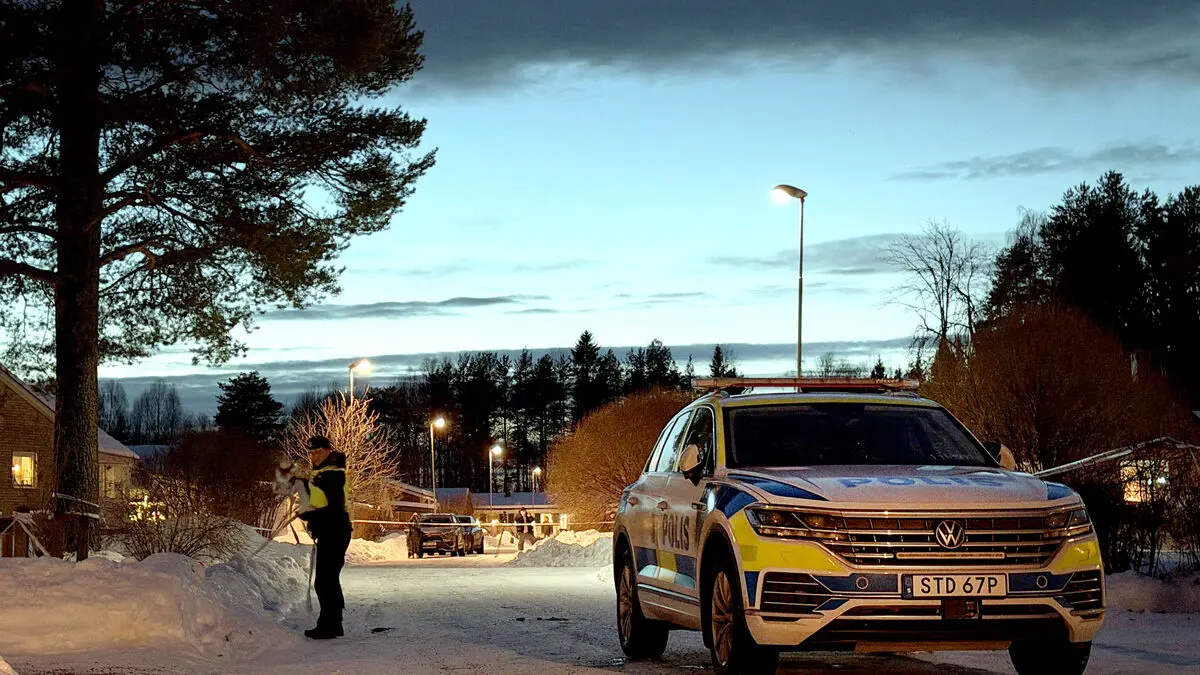In November 2022, people poured into the streets of Kherson, waving blue and yellow flags and shouting for joy. Ukraine's defense forces had driven out the Russians after nine months of occupation.
But in the years that followed, the townspeople found themselves under a different kind of siege. The Russian invasion forces were just a few miles away – on the other side of the Dnieper River delta – and continued to attack from a distance.
Today, the streets of Kherson are largely empty. However, 55-year-old Olha Komanytsa keeps her flower shop open in a small kiosk in the center, with buckets filled with roses in different colors.
"Hardly anyone is buying flowers. We're just trying to get through this," she tells the AP correspondent.
Most have gone
More than three-quarters of the city's residents have left. Olha Komanytska is one of an estimated 60,000 who remain.
The florist mimics the low, intense buzz that they have learned to quickly identify. As she moves through the center, she keeps close to the walls of the houses to escape the drones’ “eyes,” she says.
When I walk home in the evening, they are above me. You can only run. Before, you could hide under the trees. Now I don't know where to hide.
Desktop wars
Large safety nets hang over the streets to provide initial protection against crashing drones or burning wreckage. In recent weeks, the nets have been covered in yellow autumn leaves.
At one of the city's hospitals, the entire main entrance has been surrounded by netting. Concrete barriers have been placed at post offices and bus stops.
The Ukrainian military's electronic warfare units sit at rows of desks in office buildings and handle drone defense.
In half a day, the enemy can attack with up to 250 drones of various types, and then about nine out of ten are stopped, says 28-year-old Max, who is sitting at one of the desks.
“Everything remotely”
Everyday and family life takes place behind closed doors. In the basement of an apartment building, chess lessons are arranged for groups of children.
"These kids stay at home all the time. They get online lessons, everything in their lives is done remotely," says chess teacher Oksana Chorosjavyna.
In the basement of another apartment building, young people are practicing boxing. One of them, 16-year-old Artem Tsilynko, says he has been knocked unconscious. But the danger to his life is reminded when heavy artillery roars at night.
Your heart pounds when you sit there in the basement. After that, it's hard to fall asleep.
Kherson is located in southern Ukraine, at the mouth of the Dnieper River into the Black Sea and just northwest of the Crimean Peninsula. The city is the regional capital of a region, oblast, of the same name.
Before the outbreak of war in February 2022, the city was estimated to have had around 280,000 inhabitants. During the war, many people fled the city.
In early March 2022, Russia took control of Kherson. It is the only regional capital to have been occupied since the start of the major invasion.
In the fall of 2022, Ukrainian forces advanced towards Kherson. In September, a pressured Russia announced that it would annex four then partially occupied regions of Ukraine, including Kherson.
On November 11, Ukrainian forces liberated the city of Kherson and the invading forces retreated to the other side of the Dnieper. The river has since formed the front line in southern Ukraine.





